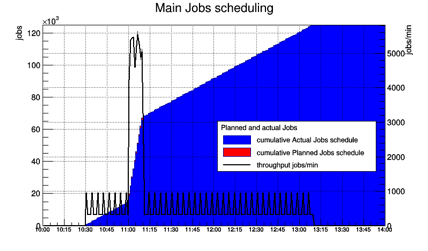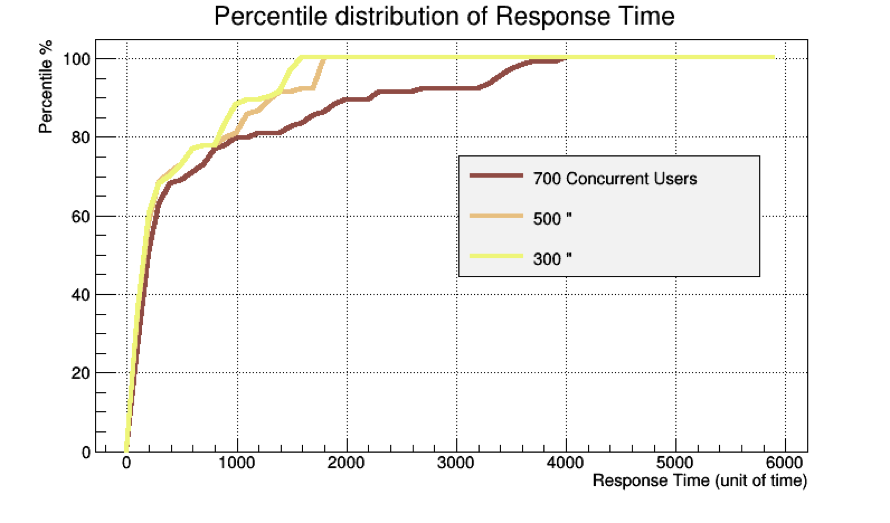|
Workload Scheduler is a state-of-the-art production workload manager, designed to help customers meet their present and future data processing challenges. It enables systematic enterprise-wide workload processing for both calendar and event-based (real-time) workloads across applications and platforms. Over the last year, the Workload Scheduler team put out a new release of the product, Version 9.4.0.0, which introduces several new features:
With the introduction of new functional capabilities, sustaining performance levels is a constant challenge. That’s why the team also focused their attention on performance, scalability and reliability of some of the new features delivered in Workload Scheduler V9.4.0.0, in addition to consolidating the previous performance improvements observed with the previous release. Reduction of Workload Execution Time and Real-Time Workload Execution Monitoring The new auditing feature provides versioning and rollback functions for all scheduling objects. Even with the feature fully enabled, no impact on performance was observed with regard to:
Reduction of Service Management Costs The 9.4.0.0 version of the product confirmed a linear trend for the scalability resource usage curve, within the 0-2,500 jobs-per-minute dynamic schedule range. This evidence increases the degree of freedom when choosing the correct scaling approach. In fact, the measured throughputs could allow the maintenance of only one dynamic workload broker and, accordingly with resource utilization, add additional resources such as CPU (vertical scaling). In general, vertical scaling options can be a cheaper solution when compared to horizontal ones. For user interfaces, 700 concurrent users with an overall concurrency of about 38 pages per second was certified with a 4-node high availability configuration (175 users per node). This result is possible also thanks to the new Workload Designer graphical view that was redesigned to enhance the user experience helping the user to accomplish tasks easily and efficiently. The new modeling graphical view for jobs and job streams was implemented within a new client base framework, which moved most of the workload from the server side to the client browser. This important architectural change increased the concurrency of Workload Scheduler operators accessing the modeling graphical view. Browse Workload Scheduler V9.4.0.0 Performance Report to learn more about Workload Scheduler V9.4.0.0 scalability and performance improvements. If you want to talk more about performance/scalability and Workload Scheduler, leave us a comment below. We would be happy to discuss. Giorgio works as Performance Test Engineer in the Workload Automation team. In his role, he works to identify bottlenecks in the architecture under analysis assessing how the overall system works managing specific loads and to increase customer satisfaction providing feedbacks about performance improvements when new product releases become available through technical documents publications. Giorgio has a degree in Physics and is currently based in the HCL Products and Platforms Rome software development laboratory.
Pier is a Software Engineer with long standing experience in software performance discipline. Pier has a degree in Physics and is currently based in the HCL Products and Platforms Rome software development laboratory.
0 Comments
Your comment will be posted after it is approved.
Leave a Reply. |
Archives
July 2024
Categories
All
|






 RSS Feed
RSS Feed